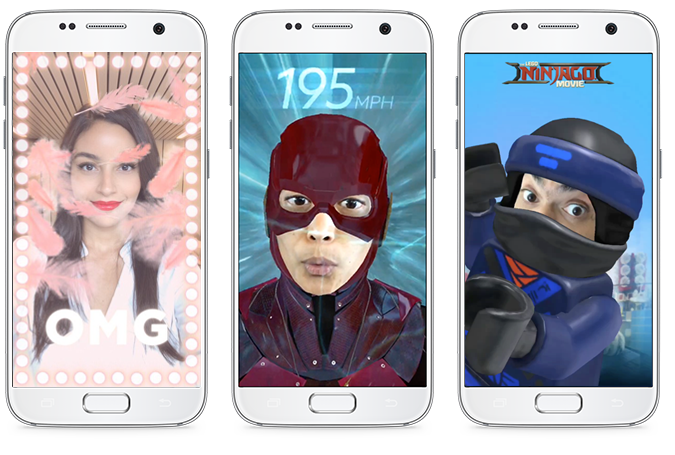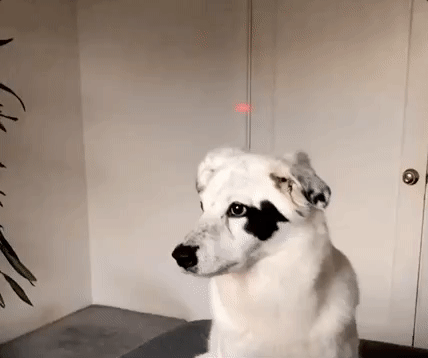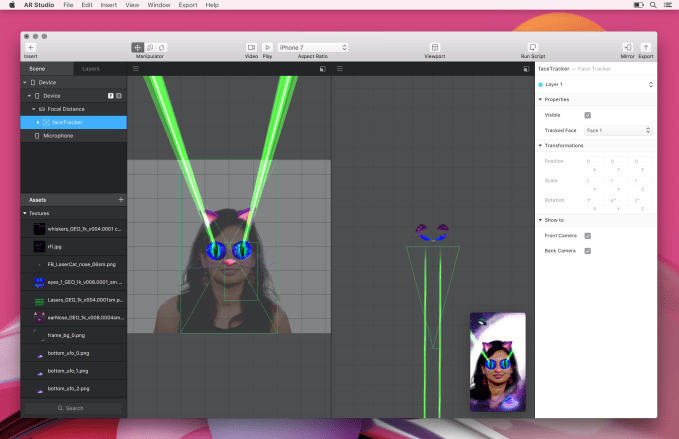Facebook opens AR platform and ‘World Effects’ to all developers

Facebook is trying to close the augmented reality gap with Snapchat with the help of an army of third-party developers. Today, eight months after debuting its Augmented Reality Camera Effects platform and AR Studio tool at F8, Facebook is allowing all developers to start building AR experiences for its Facebook Camera. That includes “World Effects” — Facebook’s copy of Snapchat’s World Lenses — that augment your environment with 3D objects rather than just your selfies.
AR Studio becomes available to all developers today, and World Effects will open up there in the next few days for use on Facebook and Messenger. For example, on Messenger you’ll be able to add a 3D heart floating above someone’s head, add an arrow to point to something in a panorama or add a celebrating robot that plays music to jazz up a drab video.

Facebook’s new World Effects
“We want artists, developers, brands and more creators to be able to build and share amazing AR experiences,” writes Facebook director Ficus Kirkpatrick. “By opening AR Studio to all creators, we’re taking steps towards making AR more a part of everyday life.”
Facebook’s opportunity here is to take advantage of Snapchat’s anti-developer attitude. Snapchat has yet to fully embrace third-party AR content beyond some basic image frame submissions and work with a few fine artists like Jeff Koons. Meanwhile, Facebook has been operating a developer platform for more than a decade, and has fostered a huge community of coders looking to get their content in front of Facebook’s massive 2 billion user audience.
Since launching the Camera Effects platform, Facebook has worked with more than 2,000 brands, publishers and artists to make AR experiences. This could lay the groundwork for Sponsored World Effects, which might let businesses pay to offer branded AR toys inside of Facebook.

Facebook’s AR Studio makes it easy to tie animations and imagery to certain cues like someone raising their eyebrows
“We’ve been continuously advancing the capabilities of the platform, with improved face tracking, new graphics capabilities, better scripting, and now world effects. This is only the beginning, and we can’t wait to see how creators bring art to life through AR Studio.”
Users can open the Facebook or Messenger Camera, scroll through the World Effects and tap to add one to what they’re seeing. Some other launch experiences include a unicorn you can play with, or the ability to add floating 3D word bubbles like “love,” “bae,” “heart” and “miss you.”
Facebook has encountered some stumbling blocks in its quest for AR. Facebook Stories, where Camera Effects content is typically shared, hasn’t taken off the way Instagram Stories has. Now it’s resorted to allowing users to cross-post to Facebook Stories from Instagram or Messenger, but they still don’t get many views. Meanwhile, Apple’s ARKit and Google’s ARCore give developers an alternative way to build AR into their own apps at the operating system level rather than having to piggyback on Facebook.
Essentially, Facebook’s best lure to developers is its inherent reach thanks to a massive baked-in audience. But if Facebook Stories aren’t popular to watch, that audience isn’t easily accessible. Its best bet might be opening the Camera Effects platform and World Lenses to Instagram where tons of people watch Stories.
The real world is too vast for a single company to spice up with augmented reality. But by crowdsourcing development, Facebook could eventually offer AR experiences connected to any location, real-world object, holiday or activity. That breadth of offering will be key to becoming the default way people explore the AR world. Whichever app offers the most and best experiences will be the one people wave in the air to see what’s hidden out of view.